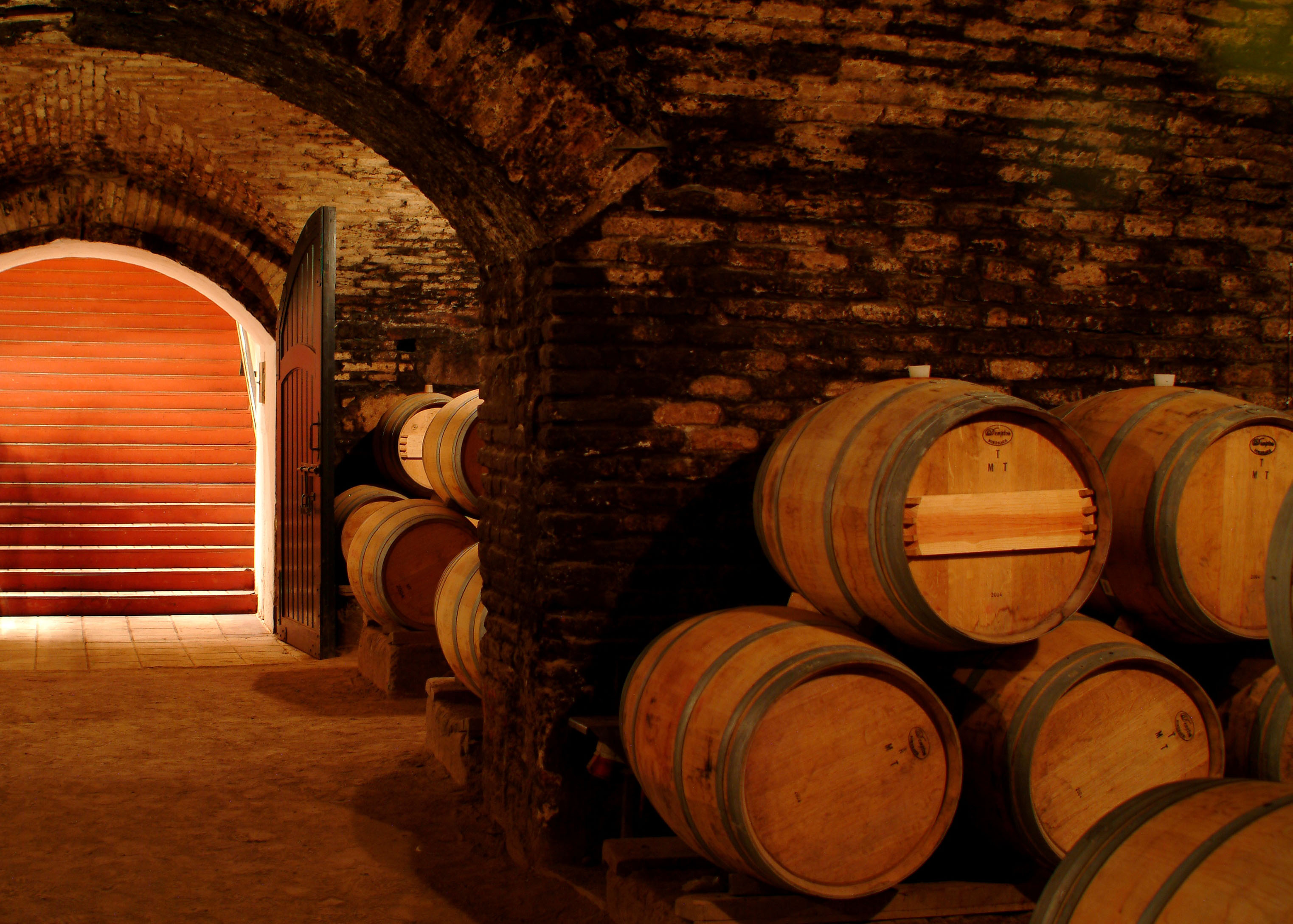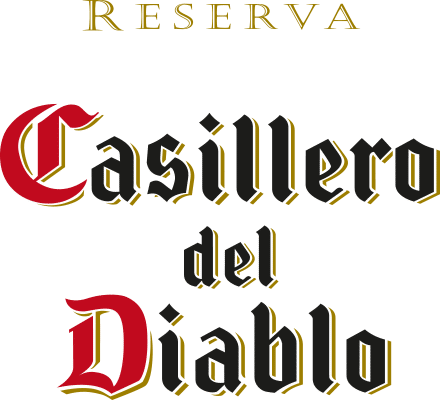
New World Chile Actually Has 500 Years of Winemaking History. Here’s the Story.
The wine industry refers to Chile as a New World producer – its grapes came from the European motherland and Spanish conquistadors. But does 500 years of viticulture really make it new — or old?
In the 15th century, Spanish explorers set out on long distance explorations by boat. Alighting on the shores of South America, they brought Missionaries of the Catholic church with them. Wine, of course, was a requisite of mass rituals. Indeed, many of the great advancements in viticulture link back to this period of flourishing religion, both in Europe and its colonized countries. It follows, then, that these proselytizers brought grape material to what is modern-day Chile.
It’s believed that the first vines were planted in northern Chile, an area considered on the fringes of viable viticulture today. Closer to contemporary regions, Diego Garcia de Caceres established a vineyard in 1554 near Santiago. Cultivation continued south for the next hundreds of years, eventually reaching the Bio Bio River, a delineation for the southern border of today’s Central Valley production zone.
Though we think of exporting as a present-day phenomenon, Chile was one of the first South American countries to challenge European wines on the international market. A rise in exports in the late 1700s led to the planting of nearly 19 million vines in Chile by 1831.
Chile entered its vinous golden age in the late 19th century. Prosperity from booming overseas trade and the devastation wreaked on Europe’s vineyards by the phylloxera pest, allowed the industry to thrive. The slender country’s isolated location in South America, along the Pacific Coast, protected by mountain ranges, kept its vineyards healthy and relatively pest-free, allowing producers to ship countless quantities of ripe, delicious wine to thirsty, foreign consumers.
In fact, that era marked Chile’s height as the world’s most successful wine industry. Key players, like visionary Don Melchor de Concha Y Toro, established footholds, remaining leaders today. The line of Casillero del Diablo wines has risen in prominence to become the second most important brand in the world, according to the Global Wine Brand Power Index, 2019.
Though Chile’s wine industry has a 500-year legacy, the country’s producers have thoroughly modernized their techniques in both the vineyards and cellars. World-class reds made of Cabernet Sauvignon and Bordeaux-like blends; crisp coastal whites from Sauvignon Blanc and Chardonnay: these wines speak to the terroir, tenacity and capabilities of this exciting country.



